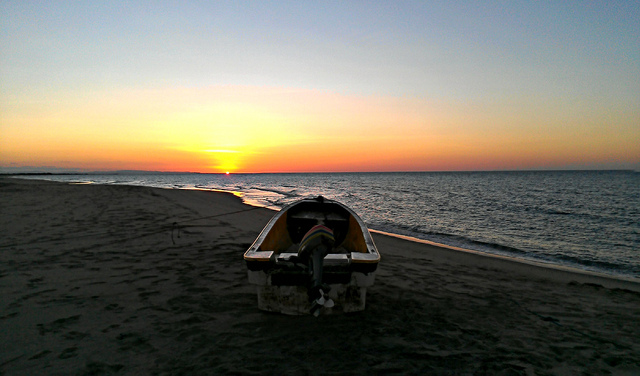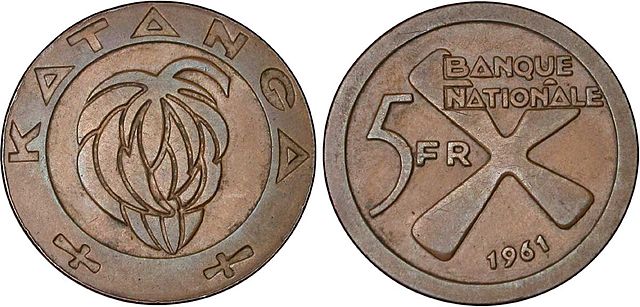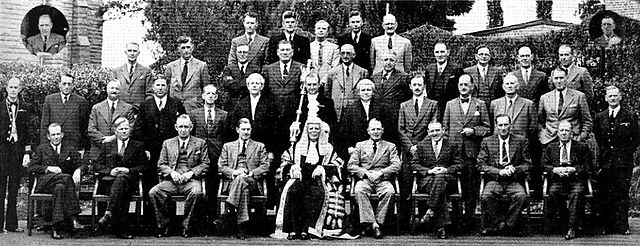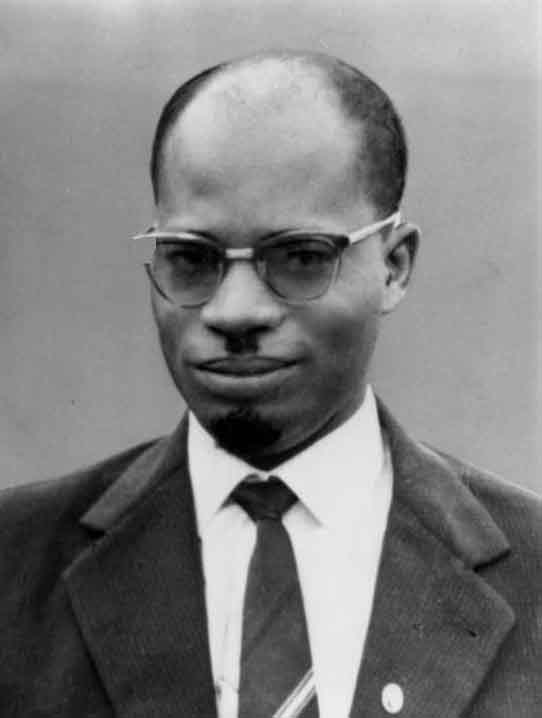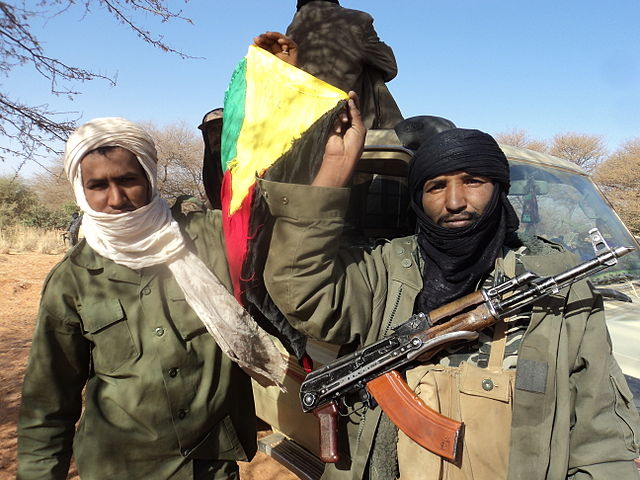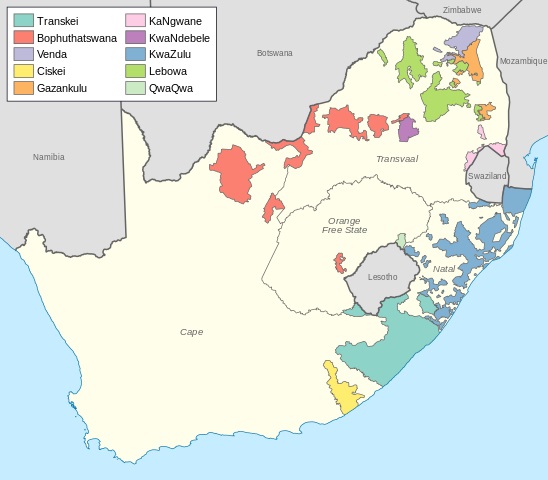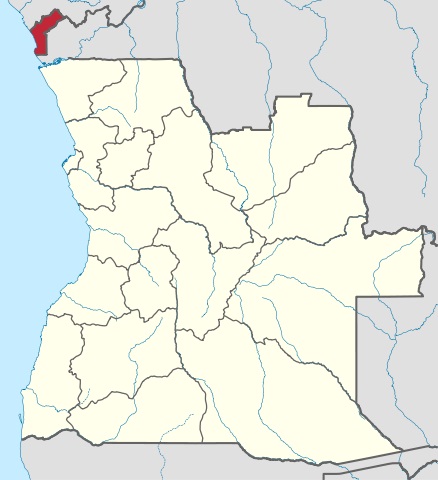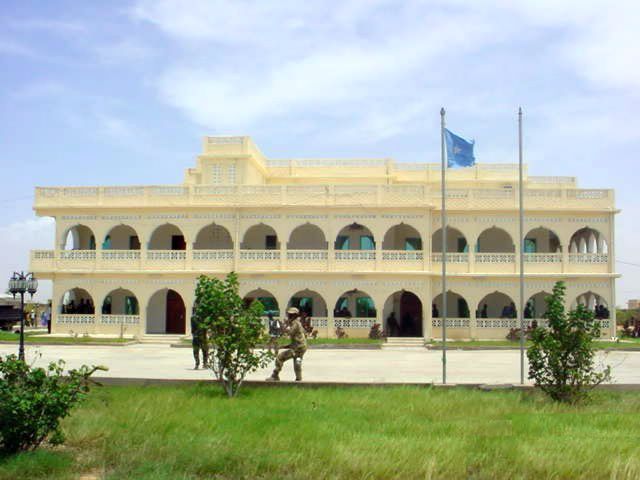Africa has a vast and colorful history. Countless volumes have been written about its history, geography, politics, and colonial past. Throughout the centuries, empires have risen and fallen, colonialists have come, gone, and exchanged territories. And throughout it all, the people remain, live their lives, and record the history. There have been many countries and groups who have strived to carve out a territory of their own. Nearly all end up failing for one reason or another. Their stories are no less interesting, however. Here are 15 of the most interesting short lived African breakaway states from the past century.
1) Biafra
One of the most well known breakaway states in African history, the Republic of Biafra seceded from Nigeria from 1967 until 1970. The establishment of the oil-rich state and its quest for legitimacy was the root cause of the Nigerian Civil War also known as the Nigerian-Biafran War. Over one million died from the fighting and subsequent famine in what was one of Nigeria’s darkest chapters. Renowned writer Chimamanda Ngozi Adichie’s award-winning novel “Half of a Yellow Sun” vividly paints a portrait of the lead up to the war and life under siege.
2) Somaliland
Somaliland, for the moment, is a relatively bright spot on the list. Declaring independence from Somalia proper in 1991 when the government initially collapsed and the rest of the country descended into warlordism, Somaliland has done a great job establishing a stable, functioning country. Unfortunately, no other countries recognize the former British colony in north Somalia, but it has its own military, currency (Somaliland Shilling), government, and even tourists (most come for the ancient rock art of Las Geel and the experience of being in an unrecognized state).
3) Anjouan
Anjouan is currently one of the four main islands of the Comoros in the Indian Ocean, near Madagascar. The Sultanate of Ndzuwani (Anjouan) existed for about 400 years before falling under French rule along with the rest of the islands. Declaring independence in 1997, the island nation of less than 300,000 people went through the growing pains of multiple coups, economic instability, and being denied admission to being a part of France before being forcibly reincorporated into the Comoros by African Union and French troops in 2008.
4) Katanga
Shortly after independence, the Democratic Republic of Congo fell into a dark period of turmoil for many years which began when Moise Tshombe declared the State of Katanga independent from the rest of Congo in 1960. The large southeastern region of Katanga struggled on for three years and was a proxy battlefield during the Cold War before it finally gave up the ghost in 1963, its only legacy being three new coins and some stamps.
5) Western Sahara
Formerly one of Spain’s two colonial possessions in Africa, Western Sahara or the Sahrawi Arab Democratic Republic has languished in various states of semi-autonomy or partial subjugation for decades. Finally achieving independence with the collapse of Franco’s Spain in 1975, Mauritania and Morocco quickly moved in with their claims. Morocco staged a semi-invasion in 1979 and has been brutal in its clamping down on the Polisario Front “rebels.” This stretch of desert has half a million people, a lot of sand, and increasing international recognition (82 states recognize its independence).
6) Sultanate of Zanzibar
Another well known (albeit tiny) nation, the Sultanate of Zanzibar existed in various states for over a century. Gaining independence in 1963 from the UK, the constitutional monarchy was overthrown a month later in the Zanzibar Revolution before being replaced by the communist People’s Republic of Zanzibar and Pemba. Realizing that Marxism wasn’t all it was cracked up to be, it became incorporated into the United Republic of Tanganyika and Zanzibar which became Tanzania six months later and they lived happily ever after.
7) Rhodesia
Surprisingly, Rhodesia was an unrecognized state in southern Africa during the Cold War, existing from 1965 to 1979. In an attempt to delay black majority rule after independence from the UK, the white Rhodesian government fought a brutal guerilla war for years. At this point, Rhodesia had a very high percentage of white farmers and inhabitants, much like South Africa. Ian Smith, who led the country, finally conceded to bi-racial democracy in 1978 but over the next two years was pushed out along with other whites to make way for Robert Mugabe and the formation of Zimbabwe.
8) Jubaland
Continually harangued by Islamist militants throughout the 2000s, the Ethiopian military cleared most of southern Somalia out. Wanting to establish a secular government in 2010 and taking cues from the relative stability of Somaliland and Puntland in the north, Jubaland was more of an independent idea than country in its own right. Forming its own administration, it was finally reincorporated back into Somalia in 2013 as an autonomous region.
9) South Kasai
South Kasai was more of an ethnically motivated state led by Albert Kalonji, a nationalist of Kasai in south-central Congo. Drawing up support from his ethnic group, the Baluba, Kalonji sought to escape the sectarian violence and instability of the DRC between 1960 and 1962. Fueled by diamond mining and again creating nothing more than a few postage stamps and a constitution, Kalonji was imprisoned in Kinshasa and deposed after returning to South Kasai in 1962, before going into exile.
10) Azawad
Azawad was the most recent of unrecognized states in Africa, existing for a few months in 2012 during the Tuareg rebellion led by the National Movement for the Liberation of Azawad (MNLA) in northern Mali. Out of work Tuaregs (under Gaddafi’s employ) returned from Libya with weapons, training, and the dream of a homeland of their own. Taking advantage of the instability of the Malian government and army at the time, the movement was hijacked by Ansar Dine and other jihadist groups and unfortunately, the region is still plagued by instability currently.
11) The Bantustan States
The Bantustan states in South Africa were born of the ideal of a black homeland within South Africa for every major ethnic group. Ten were established in South Africa and ten in Namibia (under South African administration at the time). Four were declared independent (Transkei, Bophuthatswana, Venda, and Ciskei) but not recognized outside SA. Now considered a pejorative term, the Bantustans were brought back into the union after the end of apartheid.
12) Cabinda
Angola’s tiny exclave of Cabinda only existed for less than six months after Portugal pulled out of Africa in 1975. Originally a separate protectorate, it was administered jointly with Angola during the colonial period. Seizing the opportunity for momentum during decolonialization, Cabinda declared independence but, Angola quickly responded with a “not so fast there, little buddy.”
13) Puntland
Established in 1998, Puntland in northern Somalia contains about one third of Somalia’s population and territory. Known as being one of the main areas of pirate activity, Puntland has sought autonomy from the rest of Somalia as opposed to independence. It has also come into conflict over territory with neighboring Somaliland and the two have exchanged gunfire at times.
14) Moheli
After independence from France in 1975, Moheli opted to join the Comoros along with Grande Comore and Anjouan. 22 years later, Moheli decided to secede within the same week as Anjouan. In what we can only assume was an “oh crap, we have no idea what we’re doing” moment, they quietly decided to rejoin the nation proper the following year in 1998. Fortunately for all, they ratified the new constitution in 2002, providing more autonomy for all islands in the union.
15) Sultanate of M’Simbati
More of a joke that went too far rather than an actual independent state, the Sultanate of M’Simbati “existed” for about three years between 1959 and 1962. Mr. Latham Leslie-Moore, a retired and eccentric civil servant declared independence from Tanzania (which was still a colony of the crown at the time) and proudly flew his flag over his house on his island. While there are conflicting reports on the exact terms, the Sultanate was de-established and Mr. Leslie-Moore was deported to England where he eventually died.
Want to discover the finer side of Africa? Sign up for our weekly newsletter.

